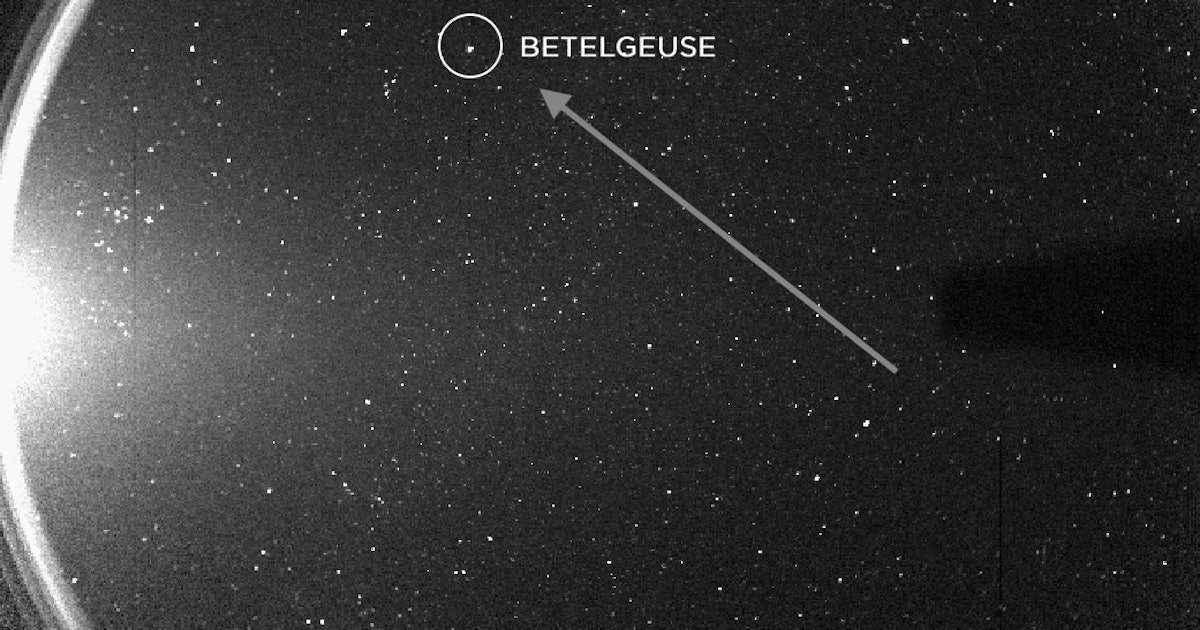
Astronomers may have discovered a way to tell if Betelgeuse is about to blow up
In a recent study submitted to High Energy Astrophysical Phenomena, a team of researchers from Japan discussed strategies to observe and possibly predict precursor signatures for an explosion from Local Type II and Galactic supernovae.
Why it matters — This study has the potential to help us better understand both how and when supernovae could occur throughout the universe, with supernovae being the plural form of supernova. But just how important is it to detect supernovae before they actually happen?
“From my perspective, it is important in two aspects,” said Daichi Tsuna, who is an astrophysicist at the Research Center for the Early Universe at the University of Tokyo, and the lead author of the study.
“First, while we know that supernovae are explosions signaling the death of massive stars, what happens near the end of its life is still a mystery. In fact, supernova precursors, suggested by recent observational works, are not predicted from the standard theory of stellar evolution,” she says.
“Our paper claims that we can probe this precursor in depth by future observations, which can help deepen our understanding of stellar evolution and refine the existing theory. Second, finding a supernova precursor would allow a very early alert of a near-future supernova and will help extend the available time frame to coordinate multi-messenger (light, neutrinos, and gravitational waves) observations.”
How they did it — For the study, the researchers utilized the open-source code CHIPS (Complete History of Interaction-Powered Supernovae) to create a theoretical model for such a discharge from a red supergiant star’s mass eruption.
This is intriguing since the star Betelguese, which in 2019 was observed to dim in brightness, sparking discussions about it possibly going supernovae, is also a red supergiant star. As it turns out, Betelguese is nearing the end of its life, but a 2021 study said it isn’t slated to explode for another 100,000 years. But what implications could this research have for Betelguese?
“Betelgeuse is a red supergiant, which is exactly the kind of star we have studied in this paper,” explains Tsuna.
“Thus, if Betelgeuse were to explode very soon, it may display this kind of precursor emission just before the supernova. Since Betelgeuse is very close to us, neutrino detectors may find neutrinos emitted as early as days before the supernova. We can do multi-messenger astronomy even before the supernova explosion!”
Digging into the details — The study’s findings state that eruption light curves fueled by a brief shockwave pulse enduring for only a few days, followed by far longer cooling discharge enduring for hundreds of days. For lower energy eruptions, this period is followed by a dim peak period fueled by what is known as the bound envelope, pulling back. The study concludes by saying that such mass eruption events “can serve as early warning of a near-future nearby [supernova], which will be important for multi-messenger studies of core-collapse [supernovae].”
“One thing I would stress is that we have a bright future to detect these kinds of rather dim precursors,” said Tsuna.
“For example, in a few years, the Rubin Observatory would conduct wide-field survey observations at sensitivity much deeper than present surveys. It would be sensitive enough to actually detect these kinds of emissions and can be a probe of the remarkable end stages of a massive star’s life.”
This article was originally published on Universe Today by Laurence Tognetti. Read the original article here.
In a recent study submitted to High Energy Astrophysical Phenomena, a team of researchers from Japan discussed strategies to observe and possibly predict precursor signatures for an explosion from Local Type II and Galactic supernovae. Why it matters — This study has the potential to help us better understand both how and when supernovae could occur…
In a recent study submitted to High Energy Astrophysical Phenomena, a team of researchers from Japan discussed strategies to observe and possibly predict precursor signatures for an explosion from Local Type II and Galactic supernovae. Why it matters — This study has the potential to help us better understand both how and when supernovae could occur…